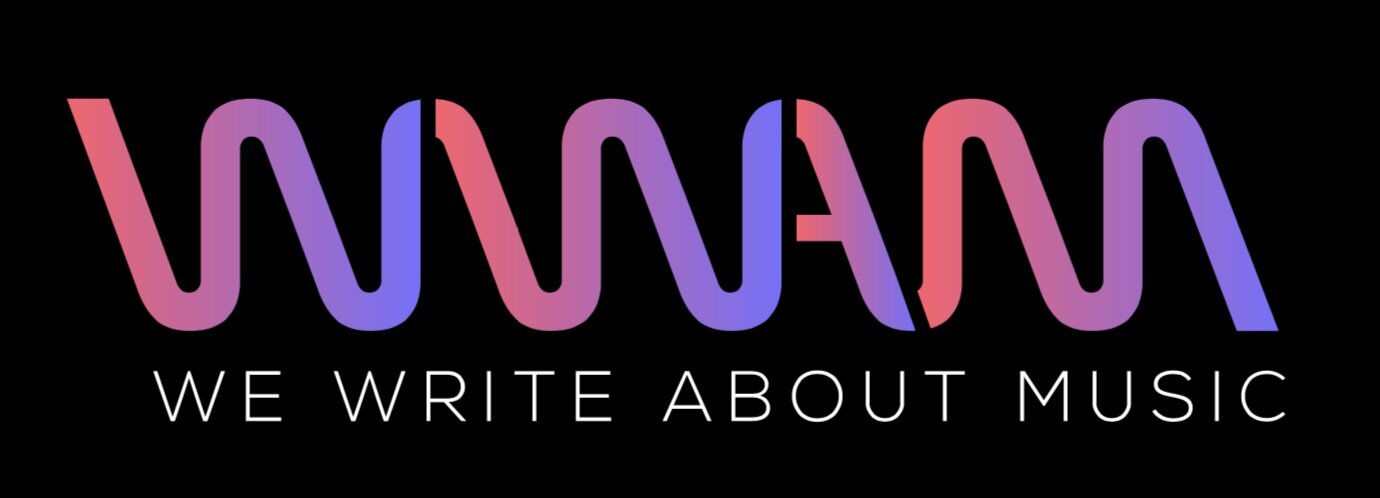A Step-by-Step guide to making Visuals for your Tracks
The way fans consume music has evolved. Today, it’s not just about hearing the beat—it’s about seeing it. From pulsing waves to immersive backdrops, visuals are now a vital part of how tracks are experienced. Whether you’re a rising indie artist or a seasoned producer, creating visuals can transform your music into something unforgettable.
Why Music Visuals Matter More Than Ever
In a world ruled by video platforms and social media, visuals have become inseparable from sound. According to HubSpot, 54% of consumers prefer video content from brands and creators over any other format. For musicians, this means pairing visuals with tracks is one of the most effective ways to grab attention and connect emotionally.
Visuals not only extend the life of your song but also help it travel further—across YouTube, TikTok, Instagram, and beyond.
Step 1: Decide What Story You Want to Tell
Before you open any software, ask yourself: What feeling should this track give off visually?
Is it moody and introspective? Maybe a darker, slower-moving aesthetic fits.
Is it upbeat and energetic? Bright colors and fast-reactive visuals will amplify that energy.
This first step ensures your visuals are aligned with your sound.
Step 2: Choose the Right Tools
Luckily, you don’t need to be a motion graphics wizard to make stunning visuals. Tools like a music visualizer can automatically sync your track to dynamic animations. These platforms are designed to make the process smooth, even if you’re new to visual editing.
Other common tools include:
Adobe After Effects for those who want ultimate customization.
Resolume for live visual performances.
Premiere Pro or Final Cut Pro if you’re creating more traditional music videos.
Step 3: Sync Visuals With Sound
This is where the magic happens. Your visuals should move with the beat. That could mean:
Waveforms bouncing with the bass,
Colors shifting with tempo changes,
Transitions aligning with drops or lyric changes.
Getting the sync right ensures your visuals don’t just look cool—they feel like part of the track.
Step 4: Keep It Platform-Specific
Every platform has its quirks:
YouTube favors longer, high-resolution visuals.
Instagram Reels and TikTok thrive on shorter, punchy clips.
Spotify Canvas uses looping 3–8 second visuals.
Tailoring your visuals to each space gives your track the best chance of reaching more listeners.
Step 5: Add Your Branding
Think of visuals as part of your identity. A few easy ways to keep it cohesive:
Use your logo or artist name in animations.
Stick to a consistent color palette.
Match visual themes across multiple releases to create a signature style.
This way, fans can instantly recognize your work—before they even hear the first note.
Quick Checklist for Musicians
Here’s a simple list to keep in mind when building visuals:
Define your track’s mood and story.
Pick the right tool (from DIY to pro-level).
Sync visuals tightly with beats.
Customize for each platform.
Add personal branding touches.
The Bigger Picture
Visuals are no longer an afterthought—they’re a gateway. They help your music travel further, resonate deeper, and leave a lasting impression. In today’s streaming culture, a great visual can mean the difference between a track that fades and a track that sticks.
Final Thoughts
At the end of the day, visuals don’t replace the music—they elevate it. By following these steps and using tools like a music visualizer, you can bring your tracks to life in a way that feels authentic and memorable. Your sound is already powerful. Now’s the time to make it shine on screen too.
